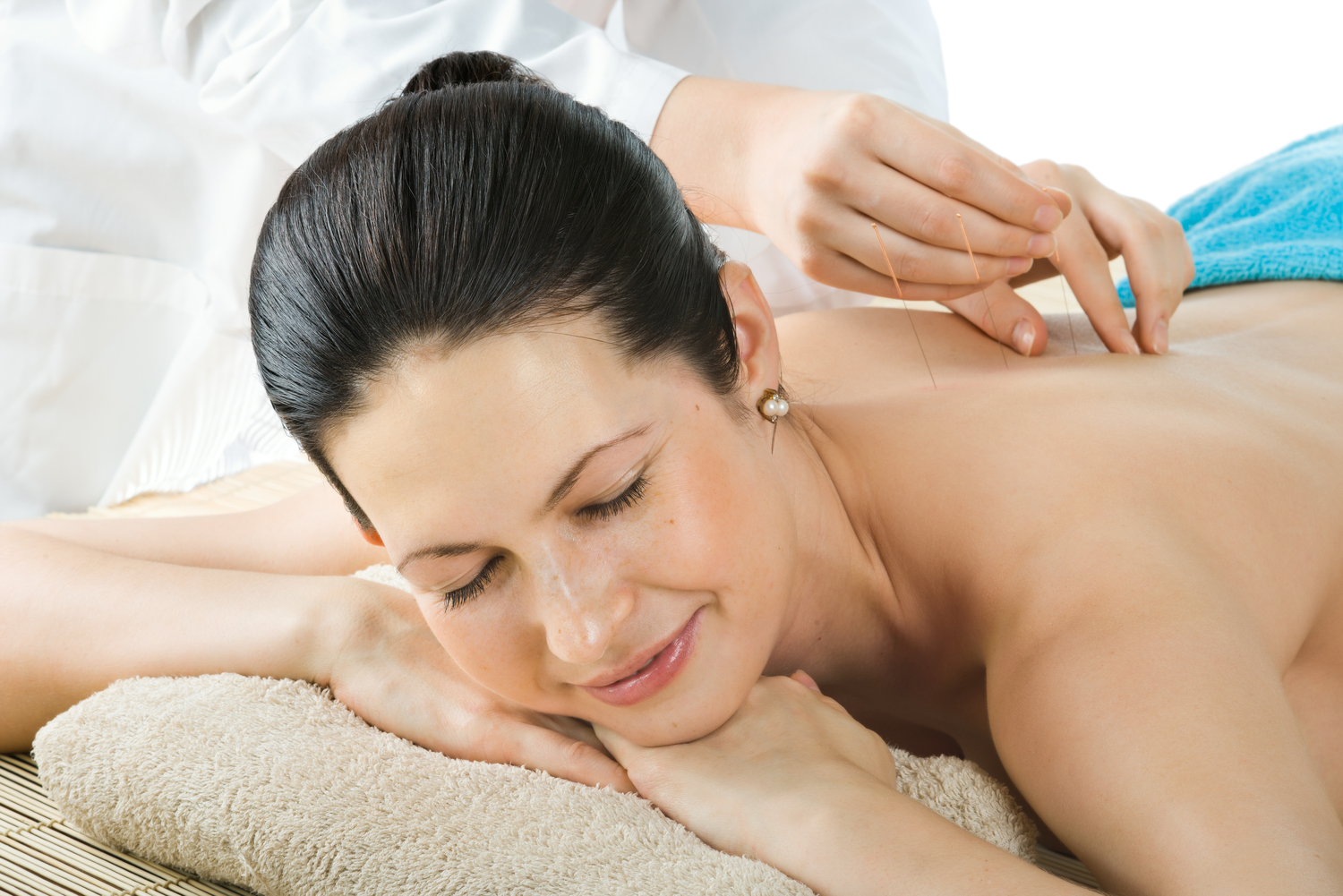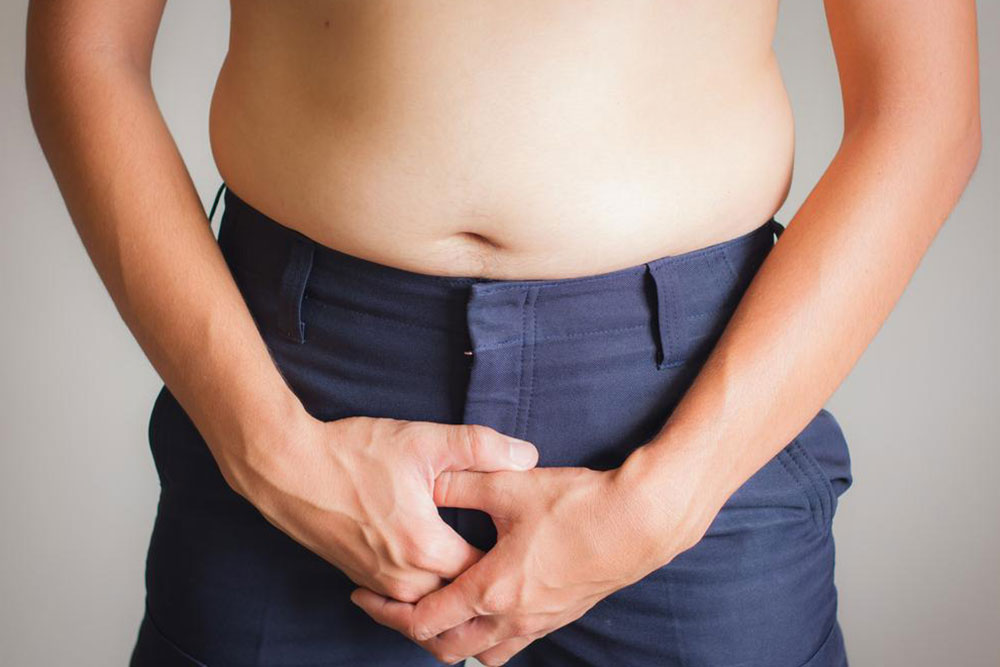Comprehensive Guide to Managing Overactive Bladder Effectively
This comprehensive guide explores effective strategies for managing overactive bladder, including lifestyle changes, behavioral therapies, medications, and natural remedies. Learn how to monitor symptoms, train your bladder, and adopt healthy habits to regain control and improve quality of life. Expert tips and treatment options tailored to individual needs ensure better outcomes for those coping with OAB. Consult healthcare professionals for personalized treatment plans and start your journey toward bladder health today.

Comprehensive Guide to Managing Overactive Bladder Effectively
Overactive bladder (OAB) is a condition characterized by a sudden and intense urge to urinate, often accompanied by involuntary leakage. This condition can significantly impact daily routines, emotional well-being, and overall quality of life. If left unaddressed, OAB may lead to complications such as skin irritation, infections, or social withdrawal. Fortunately, there are numerous effective strategies available for managing and alleviating symptoms. These approaches range from simple lifestyle changes and behavioral therapies to medications and natural remedies, offering a holistic pathway to regain control over bladder health.
Understanding the underlying causes of OAB is crucial in crafting an appropriate management plan. Factors such as aging, neurological conditions, bladder infections, and lifestyle habits can contribute to overactive bladder symptoms. Therefore, an accurate diagnosis by a healthcare professional is vital before initiating treatment. Once diagnosed, patients can employ a combination of techniques to minimize symptoms, including closely monitoring fluid intake, implementing bladder training routines, strengthening pelvic muscles through exercises, and making dietary adjustments.
Monitoring fluid intake is foundational in OAB management. Keeping a detailed diary of daily fluid consumption, urination frequency, and incidents of accidental leakage provides invaluable insights for healthcare providers. Recognizing triggers like caffeine, alcohol, spicy foods, and artificial sweeteners enables individuals to modify their diet to reduce bladder irritation. Dietary regulation not only helps control symptoms but also supports overall health and well-being.
Bladder training is another essential strategy, involving scheduled voiding and delaying urination to train the bladder to hold urine longer. This technique can gradually increase bladder capacity, reducing urgency episodes. Pelvic floor exercises, commonly known as Kegel exercises, are particularly effective in strengthening the pelvic muscles that support the bladder and urethra. Regular practice of these exercises can significantly decrease incontinence episodes and improve overall bladder stability.
Alongside lifestyle and behavioral adjustments, medical treatments are often recommended for more persistent cases. Pharmacological options include antimuscarinics and beta-3 adrenergic agonists, which help relax bladder muscles and increase capacity. In certain situations, Botox injections into the bladder wall have proven beneficial by reducing overactivity and symptoms. For patients unresponsive to medications, advanced therapies such as nerve stimulation—like sacral neuromodulation—offer promising relief by modulating nerve signals that influence bladder function.
Adopting a healthy lifestyle plays a crucial role in managing OAB. Maintaining a healthy weight alleviates pressure on the bladder, while avoiding bladder irritants such as alcohol, caffeine, and spicy foods helps minimize symptoms. Regular physical activity, adequate hydration, and proper sleep hygiene support overall urinary health. Moreover, incorporating natural remedies and supplements, such as Buchu, Saw Palmetto, and Quercetin, shows growing promise in supporting bladder function naturally, although these should be used under medical supervision.
In summary, managing overactive bladder requires a multi-faceted approach tailored to individual needs. Combining lifestyle modifications, behavioral therapies, and medical interventions offers the best chance for symptom relief and improved quality of life. It's essential to consult healthcare professionals to determine the most appropriate and safe treatment options. With proper management, individuals can regain confidence and enjoy a more comfortable, active lifestyle.





